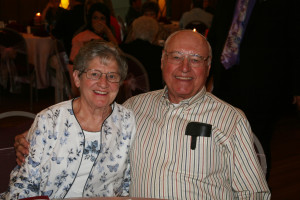Alisha Yocum

Ryan Ely is shown outside of E Plus in Emmitsburg.
As a kid, Ryan Ely said that being around his dad’s business, C Ely Signs & Graphics in Waynesboro, Pennsylvania, he never really saw it as a future career for himself. However, after dabbling in other jobs, he realized that working in signs and graphics was what he wanted to do.
At just 22, Ely took over managing E Plus Graphics & Promotions in January and is looking to bring the community more! While they will still offer all their existing services, he plans to offer more large format signage, the ability to print on any substrate or material, and faster turnaround on apparel printing. Ely said he thinks Emmitsburg offers lots of opportunities to grow with all the businesses that are in the area. While they are planning to grow, E Plus will remain community-oriented, and long-time staff members, Blair and Grace, are still at the store helping customers.
E Plus is located at 1 E. Main Street in Emmitsburg. The store is open Monday through Friday, from 9:00 a.m. to 5:00 p.m.


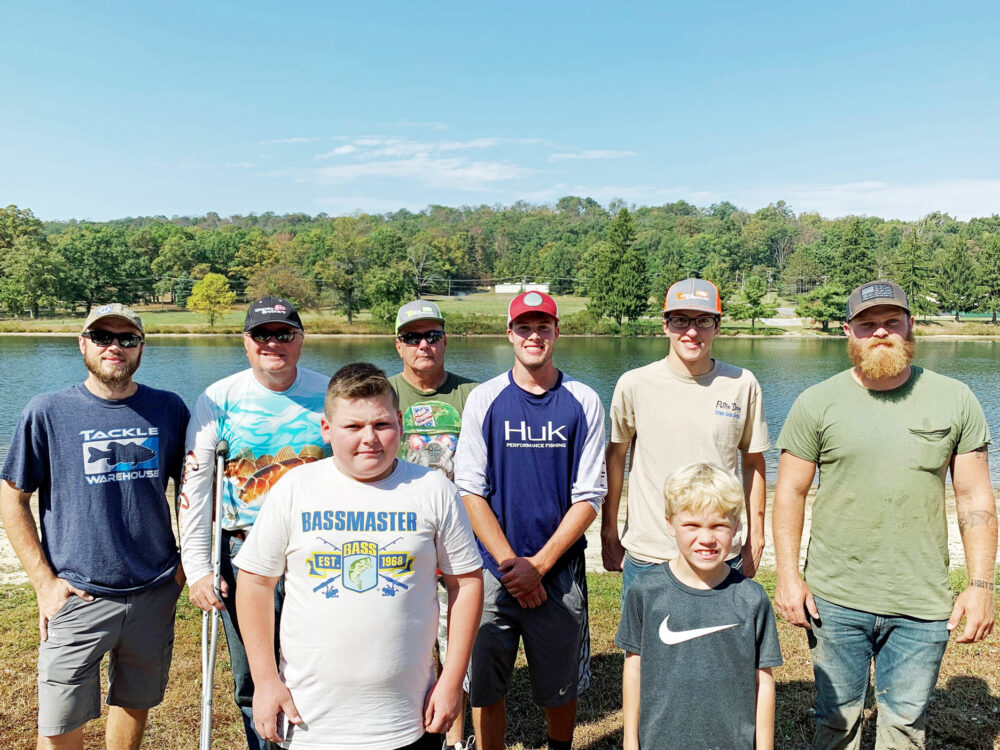
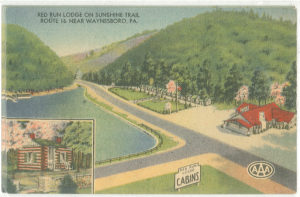 On my way to Waynesboro, Pennsylvania, last week, I noticed demolition work at the foot of Sunshine Trail. What was left of Red Run Cabins was being turned into rubble. According to an article in The Record Herald in 2005, the Red Run Lodge was built of chestnut in 1940, and cabins were added over several years. Red Run Lodge was demolished in 2005, and the cabins were left to disintegrate. I remember the lodge’s famous chicken in the basket.
On my way to Waynesboro, Pennsylvania, last week, I noticed demolition work at the foot of Sunshine Trail. What was left of Red Run Cabins was being turned into rubble. According to an article in The Record Herald in 2005, the Red Run Lodge was built of chestnut in 1940, and cabins were added over several years. Red Run Lodge was demolished in 2005, and the cabins were left to disintegrate. I remember the lodge’s famous chicken in the basket.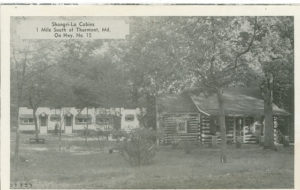 There were many other motor lodges in the area at the time. In Thurmont, Camp Cozy and Shangri-La Cabins on old Route 15 were keeping up with the times, and Barbara Fritchie Cabins and Francis Scott Key Restaurant and Motel, along Route 40 in Frederick, were catering to the tourist trade.
There were many other motor lodges in the area at the time. In Thurmont, Camp Cozy and Shangri-La Cabins on old Route 15 were keeping up with the times, and Barbara Fritchie Cabins and Francis Scott Key Restaurant and Motel, along Route 40 in Frederick, were catering to the tourist trade.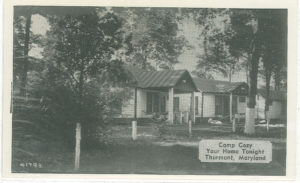 The lodge was closed in the late 1960s, and the farm continued to sell fruit at the adjoining stand until several years ago. The property was placed on the National Register of Historic Places in 1994, after being purchased by Red Run Enterprises, based in Washington, D.C., from the Smith heirs.
The lodge was closed in the late 1960s, and the farm continued to sell fruit at the adjoining stand until several years ago. The property was placed on the National Register of Historic Places in 1994, after being purchased by Red Run Enterprises, based in Washington, D.C., from the Smith heirs.